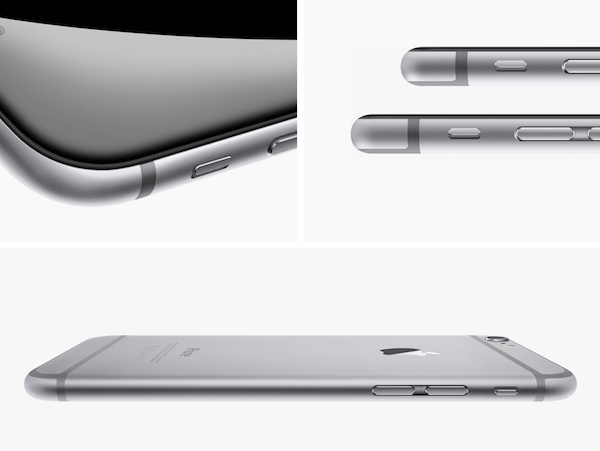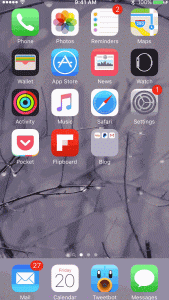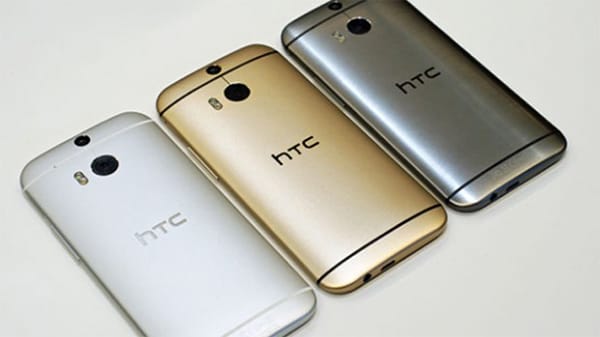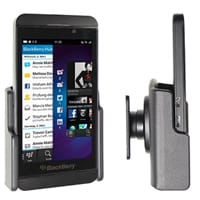
When the iOS 9 dropped for devices a few weeks ago, Wi-Fi Assist was touted as a very helpful feature by Apple. The feature allows your iOS device to automatically switch between a weak Wi-Fi signal and cellular data. In theory, the feature seems extremely useful. There are plenty of times when operating on a weak Wi-Fi band, that switching back to LTE improves performance. However, what is not frequently considered is limited data caps for cellular customers.
Apple describes the feature on their support forum:
If you’re using Safari with a poor Wi-Fi connection and a webpage doesn’t load, Wi-Fi Assist will activate and automatically switch to cellular so that the webpage continues to load. You can use Wi-Fi Assist with most apps like Safari, Apple Music, Mail, Maps, and more… Because you’ll stay connected to the Internet over cellular when you have a poor Wi-Fi connection, you might [emphasis added] use more cellular data.
The big problem here is “might” is not the right word, you will use more cellular data. Over the past few weeks, claims are being made that Apple has cost some customers hundreds of dollars in data overages. In late October, a class action lawsuit was filed against Apple for $5 million in response to the new feature, causing Apple to finally admit that users should only see a limited percentage increase in data usage. The lawsuit goes on to claim that Apple “downplays” data overages in its communications to the public.

However, it is not necessarily the Wi-Fi Assist feature that is the problem. It is actually a setting that can be turned on or off. The Wi-Fi Assist feature is a convenient option for those with spotty Wi-Fi connections. Apple has further clarified when the Wi-Fi Assist feature actually operates. According to Apple the following situations are exemptions to the setting:
- Wi-Fi Assist will not automatically switch to cellular if roaming
- Wi-Fi Assist does not activate with some third-party apps that stream content or download attachments, to prevent large data consumption
- Wi-Fi Assist only turns on when apps are running in the foreground
These measures certainly help limit the amount of “surprise” data usage. However, this can still be a concern for cellular customers with limited data plans. There are a couple of ways to make sure you are not affected by the new feature.
Thankfully, Wi-Fi Assist is just that–a feature. There is a way to turn it off in the Settings app:
- Go to the Settings app
- Tap on “Cellular”
- Scroll to the bottom
The biggest problem with Wi-Fi Assist is the default-on status. Once a user updates their compatible device to iOS 9, the feature is automatically enabled. This causes users to overlook the new feature and possibly incur unwanted data charges. Other than the selection toggle, Apple provides an additional way to see if Wi-Fi Assist is currently operating. In the top left corner, where the Wi-Fi field is represented, the cellular data icon will show in the status bar if Wi-Fi Assist is running. However, this is commonly displayed and may not draw the necessary attention.
Wi-Fi assist works on all iOS 9 operating devices except: iPhone 4s; iPad 2; iPad 3rd generation; and iPad mini 1st generation.





